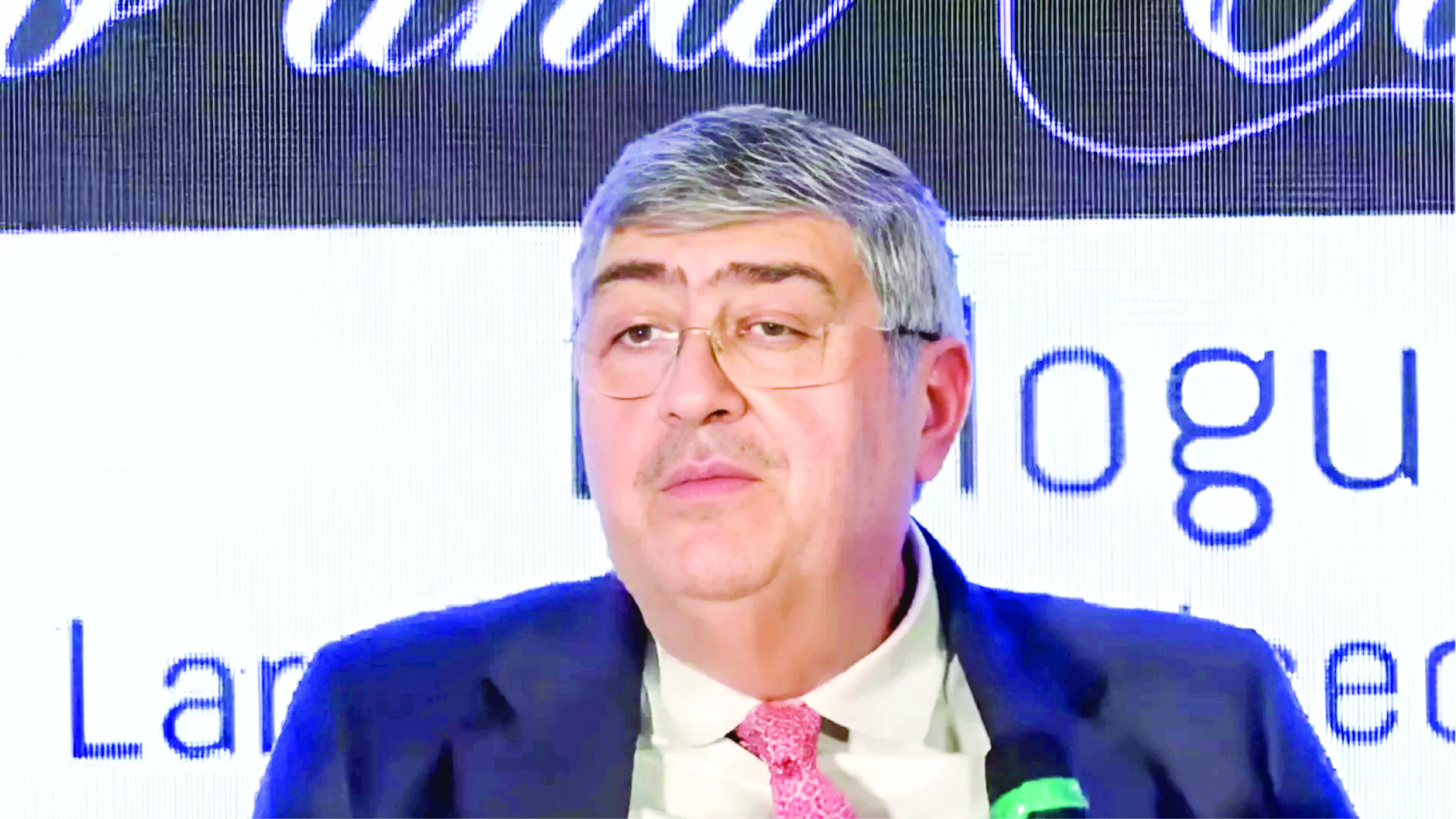A nine-judge constitution bench appointed by the Supreme Court began hearing arguments today to decide whether privately held assets qualify as “material resources of the community” for the purposes of Article 39(b) of the Constitution. A group of petitions that were first filed in 1992 and were now being reviewed after more than 20 years were discussed by the bench, which was presided over by Chief Justice DY Chandrachud and comprised of Justices Hrishikesh Roy, B.V. Nagarathna, Sudhanshu Dhulia, J.B. Pardiwala, Manoj Misra, Rajesh Bindal, Satish Chandra Sharma, and Augustine George Masih.
The interpretation of Article 39(b), a Directive Principle of State Policy intended to guarantee the fair allocation of material resources for the common welfare, is the main topic of controversy. The petitions examine the constitutionality of Chapter-VIIIA, a modification pertaining to property acquisition that was made to the Maharashtra Housing and Area Development Act (MHADA) of 1976.
These petitions’ long judicial history—they have been heard by several benches since 1992—highlights how difficult it is to interpret Article 39(b). Significantly, there has been discussion about Justice Krishna Iyer’s view, which holds that all resources, including those that are privately owned, are considered “material resources of the community.” But Justice Untwalia’s position contested it, and a seven-judge bench later reexamined it in 2002, giving rise to the current nine-judge bench hearing.
The importance of Article 31C was emphasised during the hearing, especially in relation to how it interacts with Article 39(b). Although laws intended to implement the Directive Principles were initially exempt from judicial scrutiny under Article 31C, this interpretation was reexamined in the significant Kesavananda Bharati case. The court did, however, uphold the original constitutionality of Article 31C, acknowledging its function in defending legislation intended to achieve the objectives of Article 39(b) and (c).
The bench examined the main features of Article 39(b), focusing on the definition of “ownership and control” in a broader sense and how that affects the distribution of resources. There was intense discussion and presentation of differing viewpoints about the question of whether resources that are privately owned should be classified as “material resources.”
The State of Karnataka Ranganatha Reddy & Anr. minority ruling by Justice Krishna Iyer drew criticism for its broad definition of “material resources” and its support for extensive redistribution. Concerns were expressed concerning the viability and practicality of this strategy, calling for a fair assessment of property rights in addition to redistribution goals.
Aware of the historical relevance and legal nuances at play, the bench struggles to balance conflicting readings and prior decisions as the hearing goes on.













